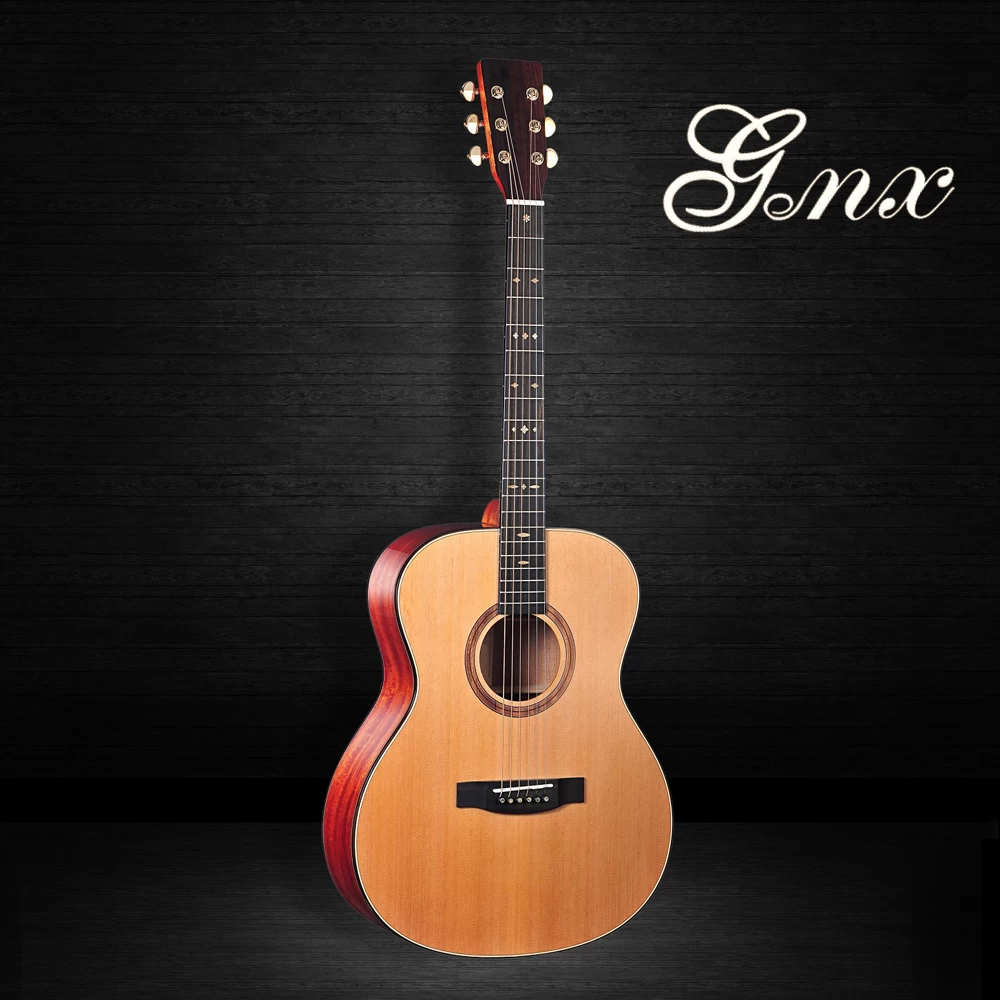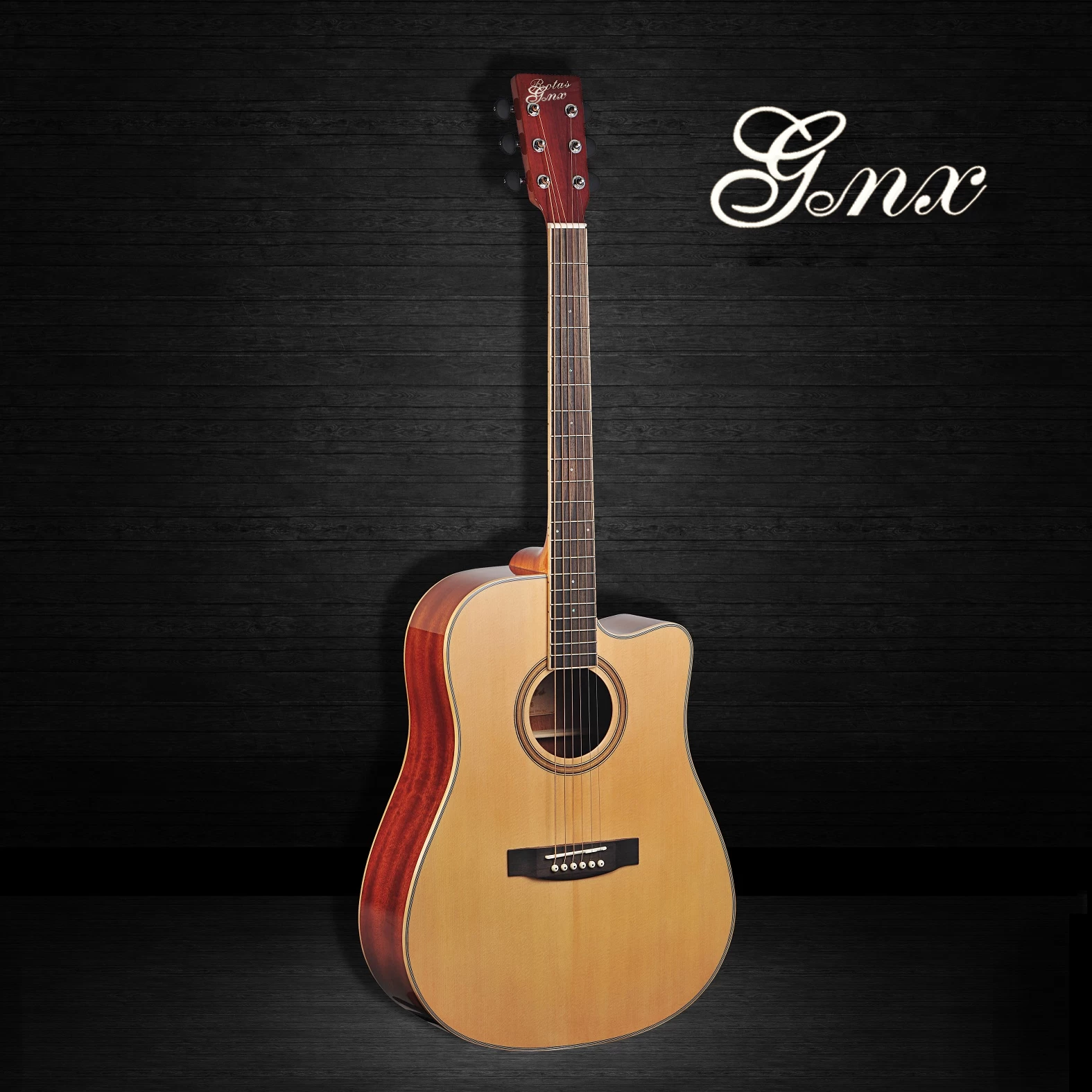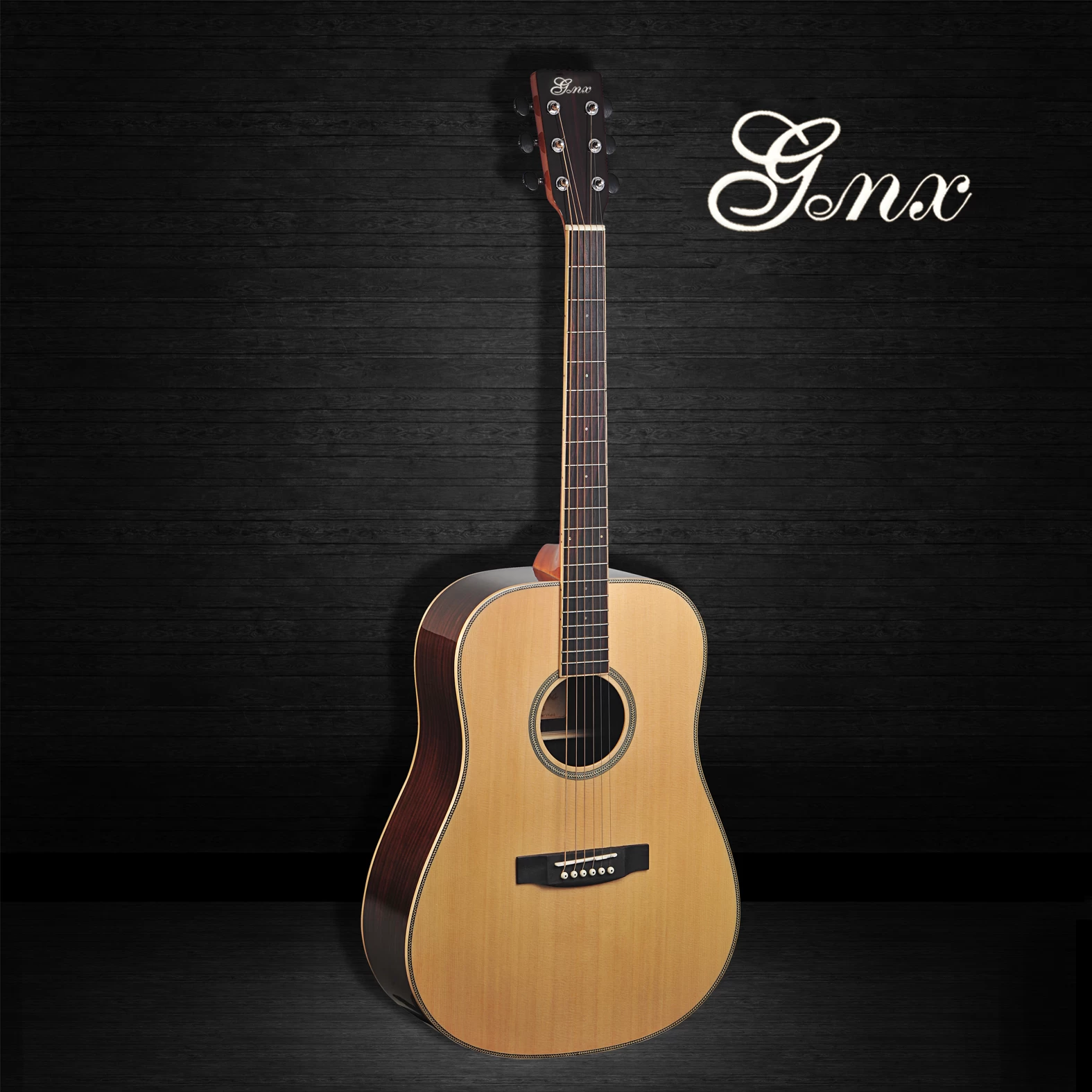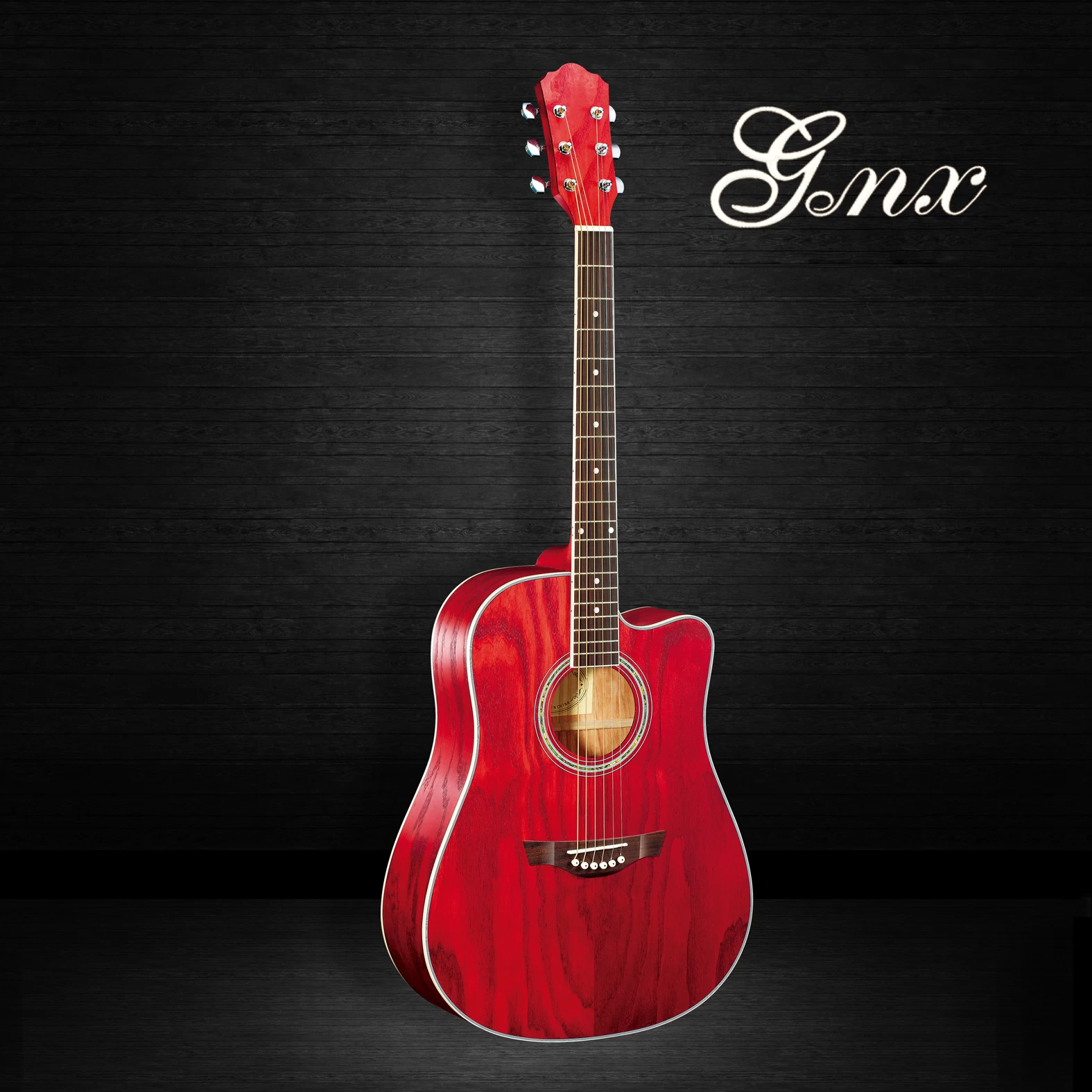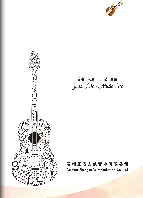How to Replace the Nut on an Acoustic Guitar
2018-05-30 17:57:07
A guitar’s nut serves several important functions. Located at the end of the fingerboard (where it meets the headstock), the nut determines the spacing of the strings and the action in the lower registers. Different materials will influence a guitar’s tone, and a poorly fit nut will greatly affect playability.
nutFor one reason or another (worn slots, a change in string gauge, complete breakage, a need for different string spacing), a nut will occasionally need to be replaced, and many guitarists can do this themselves. The procedure ranks among the more routine guitar repair operations, but use your judgment as you get started. If you’re not careful, it is possible to make a mess of the job, so take it slowly.
Nuts are made from a variety of materials. Plastic or similar materials are common, and often these materials are relatively soft, meaning they essentially absorb tone. Replacing these stock nuts with a harder material can give the guitar a more lively and responsive overall tone.
Advertisement
Other common synthetic materials include Graph Tech’s Tusq, a special polymer that essentially seeps microscopic lubricants, and Slip-Stone, which is made of another self-lubricating material known as Delrin. These products provide a more consistent density than natural materials, and can improve tuning because of their slippery composition. Players who prefer a bright sound, or who need to brighten up a dark-sounding instrument, may want to try extremely hard materials such as fossilized ivory or mother-of-pearl, which also often lead to a more focused tone.
AcousticGuitarNeckWidthChart-1One of the most common materials for nuts (as well as saddles) is unbleached cow bone. Bone is easy to shape and cut slots into; it also polishes nicely and sounds great. Although you can get pre-slotted and -shaped bone nuts, I prefer to work with rough blanks, because they’re not limited by dimension or string spacing.
Blanks are basically rectangular pieces of bone that are somewhat larger than the size of the final nut, and they can be fitted to almost any instrument.
nutFor one reason or another (worn slots, a change in string gauge, complete breakage, a need for different string spacing), a nut will occasionally need to be replaced, and many guitarists can do this themselves. The procedure ranks among the more routine guitar repair operations, but use your judgment as you get started. If you’re not careful, it is possible to make a mess of the job, so take it slowly.
Nuts are made from a variety of materials. Plastic or similar materials are common, and often these materials are relatively soft, meaning they essentially absorb tone. Replacing these stock nuts with a harder material can give the guitar a more lively and responsive overall tone.
Advertisement
Other common synthetic materials include Graph Tech’s Tusq, a special polymer that essentially seeps microscopic lubricants, and Slip-Stone, which is made of another self-lubricating material known as Delrin. These products provide a more consistent density than natural materials, and can improve tuning because of their slippery composition. Players who prefer a bright sound, or who need to brighten up a dark-sounding instrument, may want to try extremely hard materials such as fossilized ivory or mother-of-pearl, which also often lead to a more focused tone.
AcousticGuitarNeckWidthChart-1One of the most common materials for nuts (as well as saddles) is unbleached cow bone. Bone is easy to shape and cut slots into; it also polishes nicely and sounds great. Although you can get pre-slotted and -shaped bone nuts, I prefer to work with rough blanks, because they’re not limited by dimension or string spacing.
Blanks are basically rectangular pieces of bone that are somewhat larger than the size of the final nut, and they can be fitted to almost any instrument.





